

Five Film Exercises: Film 5(1944)
Opens with a short canonical statement of a theme upon which the entire film is constructed. The canon is repeated in contrasting variations by means of color. A second section poses the same image in deep film space. The image unfolds itself repeatedly, leaving the receding image to continue on smaller and smaller. Preserved by the Academy Film Archive in 2005.
Movie: Five Film Exercises: Film 5

Five Film Exercises: Film 5
HomePage
Overview
Opens with a short canonical statement of a theme upon which the entire film is constructed. The canon is repeated in contrasting variations by means of color. A second section poses the same image in deep film space. The image unfolds itself repeatedly, leaving the receding image to continue on smaller and smaller. Preserved by the Academy Film Archive in 2005.
Release Date
1944-07-31
Average
0
Rating:
0.0 startsTagline
Genres
Languages:
No Language
Similar Movies
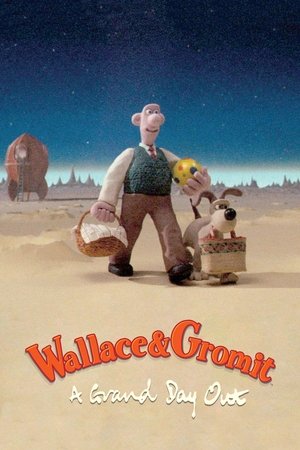 7.5
7.5A Grand Day Out(en)
Wallace and Gromit have run out of cheese, and this provides an excellent excuse for the duo to take their holiday to the moon, where, as everyone knows, there is ample cheese. Preserved by the Academy Film Archive.
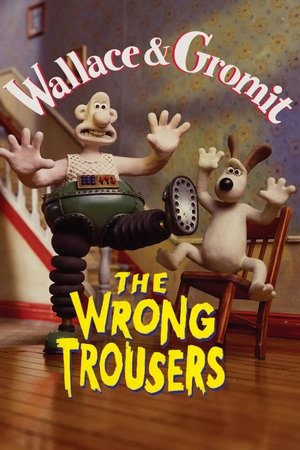 7.8
7.8The Wrong Trousers(en)
Wallace rents out Gromit's former bedroom to a penguin, who takes up an interest in the techno pants created by Wallace. However, Gromit later learns that the penguin is a wanted criminal. Preserved by the Academy Film Archive.
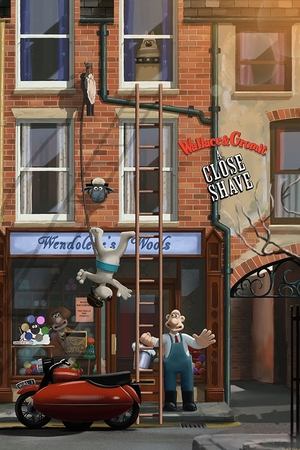 7.6
7.6A Close Shave(en)
Wallace's whirlwind romance with the proprietor of the local wool shop puts his head in a spin, and Gromit is framed for sheep-rustling in a fiendish criminal plot.
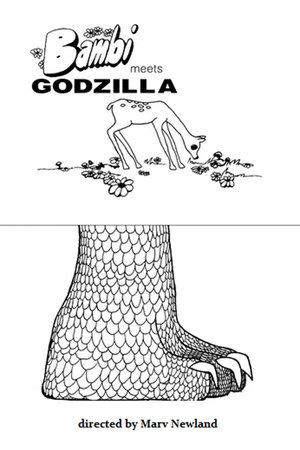 6.4
6.4Bambi Meets Godzilla(en)
Bambi is nibbling the grass, unaware of the upcoming encounter with Godzilla. Who will win when they finally meet? Preserved by the Academy Film Archive in 2009.
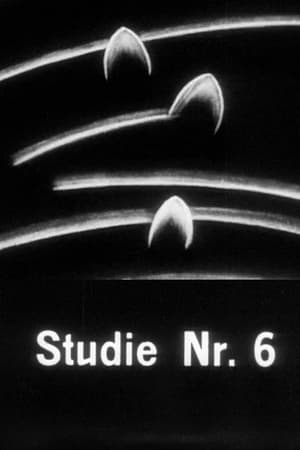 6.4
6.4Study No. 6(xx)
The first Studies were synchronized with records (Fischinger made a total of 13 Studies all without sound). It was only with the introduction of sound, beginning with Study No 6 that the films did full justice to this musical principle. The play of the white lines, the arcs, and the upside-down U’s running hither and thither like ballet dancers was brought into perfect synchronization with the music, and thus the films offered an abstract illustration of the melodies. Study No 6 is certainly the best of his films in terms of forms. - Hans Scheugl and Ernst Schmidt, Jr. Preserved by the Academy Film Archive in 2001.
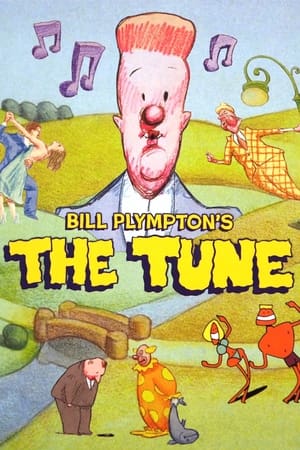 6.5
6.5The Tune(en)
Del is a song writer for the obnoxious Mr. Mega, and in love with Didi, Mega's secretary. His quest to write a hit tune brings him to the wacky world of Flooby Nooby, where he just might learn to write songs from the heart. Preserved by the Academy Film Archive in 2016.
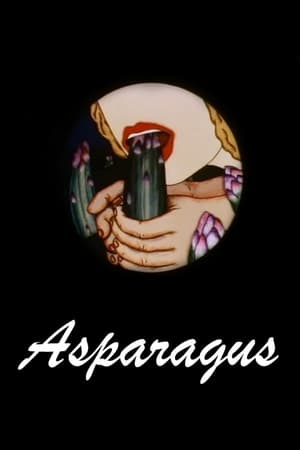 6.7
6.7Asparagus(en)
A symbolic reflection on issues of female sexuality, art and identity constructs.
Anijam(en)
The bizarre adventures of the cartoon character Foska, drawn by 22 animators working in collaboration. Each animator worked on his or her own sequence only and did not know what action preceded or followed his or her sequence, except that the first drawing of a sequence is the last drawing from the previous sequence. Preserved by the Academy Film Archive in 2010.
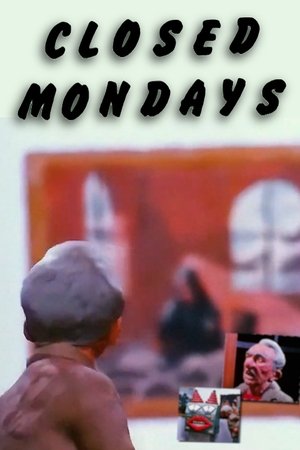 6.2
6.2Closed Mondays(en)
An intoxicated man trespasses into an art gallery after hours.
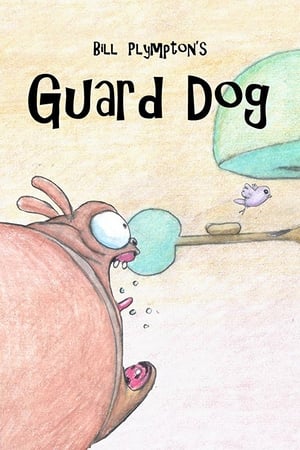 6.4
6.4Guard Dog(en)
Why do dogs bark at such innocent creatures as pigeons and squirrels... what are they afraid of? This film answers that eternal question. Preserved by the Academy Film Archive.
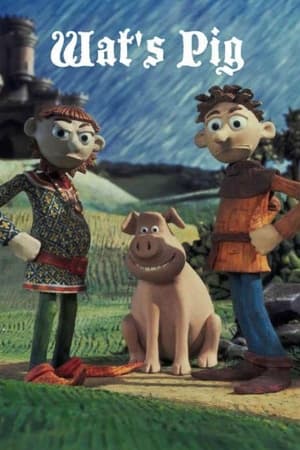 6.6
6.6Wat's Pig(en)
In a Medieval castle, a marauder tries to kidnap the twin infant sons of the lord. He makes off with only one, whom he drops about a mile away. A pig rescues this baby, so one brother grows up high on the hog, the other down with the swine; one is lazy, his lost brother is industrious. Years later, when a neighboring prince declares war, the brother in the castle is too soft to fight. Through happenstance, the twins are united just before the final battle. Will the upper-class brother let his humble sibling lead the troops to certain defeat and death? Preserved by the Academy Film Archive.
 6.0
6.0No No Nooky T.V.(en)
NO NO NOOKY TV posits sexuality to be a social construct in a "sex-text" of satiric graphic representation of "dirty pictures." Made on an Amiga Computer and shot in 16mm film, NO NO NOOKY TV confronts the feminist controversy around sexuality with electronic language, pixels and interface. Even the monitor is eroticized in this film/video hybrid that points fun at romance, sexuality, and love in our post-industrial age. Preserved by the Academy Film Archive in 2017.
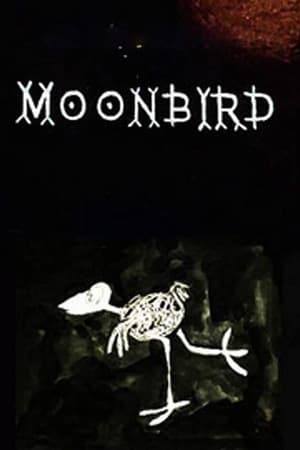 5.4
5.4Moonbird(en)
Two boys go outside at night to capture a bird. Preserved by the Academy Film Archive in 2003.
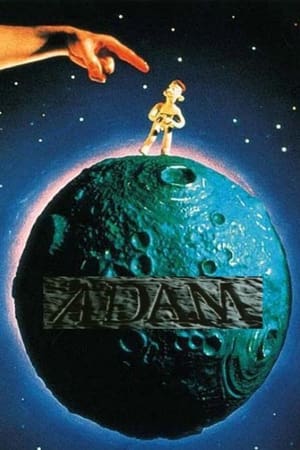 6.3
6.3Adam(xx)
The hand of God fashions Adam out of the clay of Earth and places him on a small and empty planet. Each of Adam's actions - at first he can't stand up, then he barks like a dog, then he sleeps - requires God's intervention. After Adam discovers how small the planet is, how little there is to do, and God's unwillingness to let him leave the Earth, he is depressed, lonely and disconsolate. So God asks Adam's patience for a few minutes while He fashions a companion for Adam. Adam is delighted: he dons a bow tie, uses mouthwash, and finds a bouquet of flowers. Is God thinking what Adam is thinking? Preserved by the Academy Film Archive.
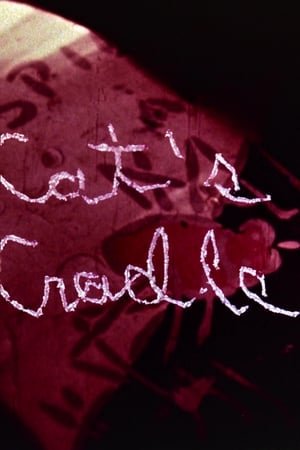 5.8
5.8Cat's Cradle(en)
Images of two women, two men, and a gray cat form a montage of rapid bits of movement. A woman is in a bedroom, another wears an apron: they work with their hands, occasionally looking up. A man enters a room, a woman smiles. He sits, another man sits and smokes. The cat stretches. There are close-ups of each. The light is dim; a filter accentuates red. A bare foot stands on a satin sheet. A woman disrobes. She pets the cat. Preserved by the Academy Film Archive in 2006.
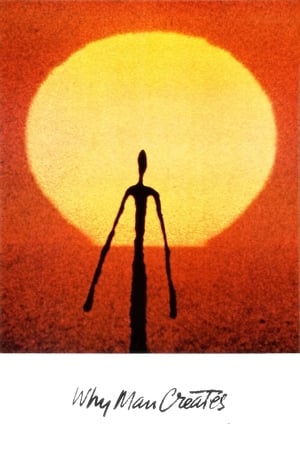 6.6
6.6Why Man Creates(en)
A 1968 animation/documentary that criticises the industrial system. Preserved by the Academy Film Archive.
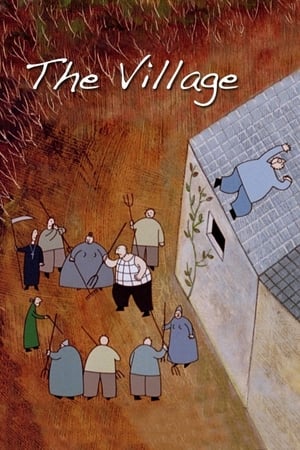 7.5
7.5The Village(en)
A village is ruled by the church, but is filled with hypocritical sinners who constantly spy on each other. Preserved by the Academy Film Archive in 2008.
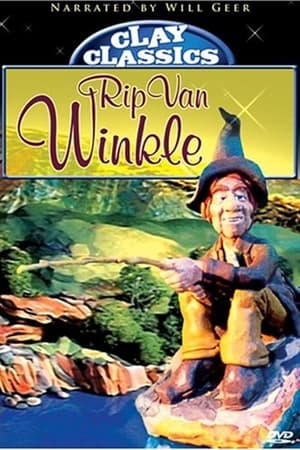 5.0
5.0Rip Van Winkle(en)
Rip Van Winkle, a lazy American man, wanders off one day with his dog Wolf into the Kaatskill mountains where he runs into an odd group of men drinking and playing bowls. He drinks some of their mysterious brew and passes out. When he wakes up under a tree he is astonished to find that 20 years have passed and things are a lot different. Preserved by the Academy Film Archive in 2013.
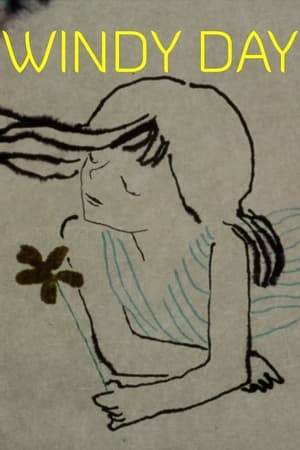 6.1
6.1Windy Day(en)
Two little girls muse on marriage and babies, love and death as they create and act out plays in their backyard. Preserved by the Academy Film Archive in partnership with New York Women in Film & Television in 2006.
 6.1
6.1Motion Painting No. 1(en)
Motion Painting No. 1 is a 1947 experimental short animated film in which film artist Oskar Fischinger put images in motion to the music of Johann Sebastian Bach’s Brandenburg Concerto no. 3, BWV 1048. It is a film of a painting (oil on acrylic glass); Fischinger filmed each brushstroke over the course of 9 months. In 1997, this film was selected for inclusion in the United States National Film Registry by the Library of Congress as being “culturally, historically, or aesthetically significant”. Preserved by the Academy Film Archive in 2000.